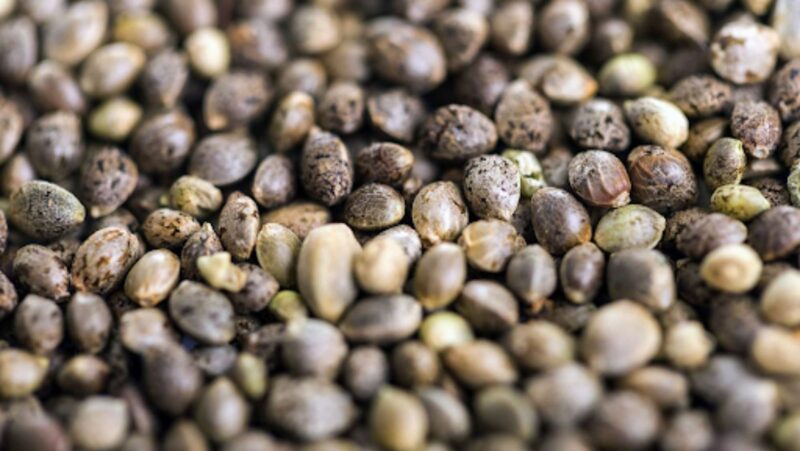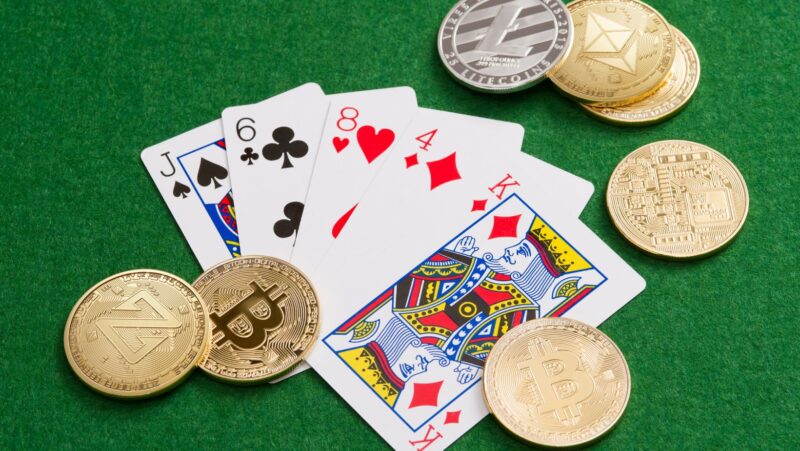Selling CS2 Skins Internationally: Challenges and Opportunities

A big reason Counter-Strike: Global Offensive became a global sensation was skins. The genius behind the game, Valve, lets you show off your unique style and get more thrill out of every match. Plus, skins opened up a whole new world of moneymaking. Counter-Strike 2 brings skins up to a whole new level, so they’re even more awesome now. Here’s what skin trading is, how it works in CS2, what the rules are, and how Valve keeps it all in check.
What are Skins in CS2?
As for CS2, it’s all about looking good. Skins don’t affect the performance of your weapon, and they’re designed to be subtle when you need it. They just look cool. There are a number of different rarities available for them, which can make them really valuable. They can even go for tens of thousands of dollars if they are rare. The most common might only be worth a few cents, while the rarest might be worth thousands!
How to Trade Skins in CS2?
Skins can be traded in CS2 in a very flexible way. The inventory you have in your account isn’t locked forever. The skins that you have can be traded between players and sold, or you can purchase new ones with the money you earn. You can do this in a few different ways. Here’s how you can do it:
- On Steam, you will be able to trade skins directly with other players through your Steam account. You can also use Steam inventory checker to know exactly how much your inventory value is.
- Buying and selling skins on the Steam Marketplace is one of the most popular ways to earn money.
- The third-party platforms offer their users better prices than Steam, and they also often offer sales, events, and handy filters that make shopping easier.
How the CS2 Skins Market Works
The CS2 Skins Market is like any other market. As a result of supply and demand, the price of the skin is determined by the rarity (such as Covert, Restricted, Consumer Grade, etc.) and the condition of the skin (such as Factory New, Well Worn, Field-Tested, etc.).
The community also plays an important role when it comes to setting the price. There is a tendency for popular weapons to have more expensive skins because everyone wants to have them.
Who is Valve?
Valve dominates the skins market. They introduced skins to the Steam platform in 2013 and have been running the show ever since. The Steam Market takes a cut of every transaction and monitors skin distribution. Due to Valve’s commission, when you sell a skin for $0.03 on Steam, you actually make $0.01.
But the market isn’t just about Steam. Trading skins is easy on third-party platforms. For trades and sales, they use Steam’s features and rules, but they also have their own rules.
Valve’s Trading Rules
Valve has some key rules to keep the trading scene legitimate and safe from scams. Here’s what you need to know:
- If you don’t set up two-factor authentication (2FA), your trades will be held for up to 15 days. This helps prevent scams.
- A skin you buy on Steam or get from a trade can’t be traded again for seven days.
- Shady sites aren’t welcome at Valve. To ensure fair play, betting sites and other sketchy operations have been closed down.
It’s rare that Valve changes the rules, but when they do, it’s to stop fraud. For instance, they took down betting sites that used skins. You can cut down on account hijacking by holding trades for users without two-factor authentication.
Starting Your CS2 Skin Trading
The market for CS2 skins isn’t just a side hustle; it’s an ecosystem. Skins are like NFTs, but they work! While Valve is the main regulator, third parties provide new trading opportunities.
You’ll find features like flexible filters, mobile apps, low prices, and cash withdrawal options on these platforms. Just sign up with your Steam account to get started!
Tips for Successful Trading
- Make sure you’re up to date on market trends and what’s going on in the community. If you know what’s hot, you can make better CS skin trades.
- You can find the best deals on third-party sites by using filters.
- Waiting sometimes pays off. Buying and selling skins can be a bit of a gamble due to fluctuating prices, so timing your trades can be crucial.
- Don’t let long transaction holds stop you from doing what you want. Set up 2-factor authentication.
- Put your eggs in a few baskets; don’t put all your eggs in one. To spread the risk, it may be beneficial to trade a variety of skins.
Conclusion
You can trade CS2 skins to personalize your experience and make money at the same time! No matter, if you’re a veteran trader or just starting, understanding market dynamics, Valve’s rules, and third-party platforms, can make your trading game better. Happy trading, and may your skins always be in demand!








